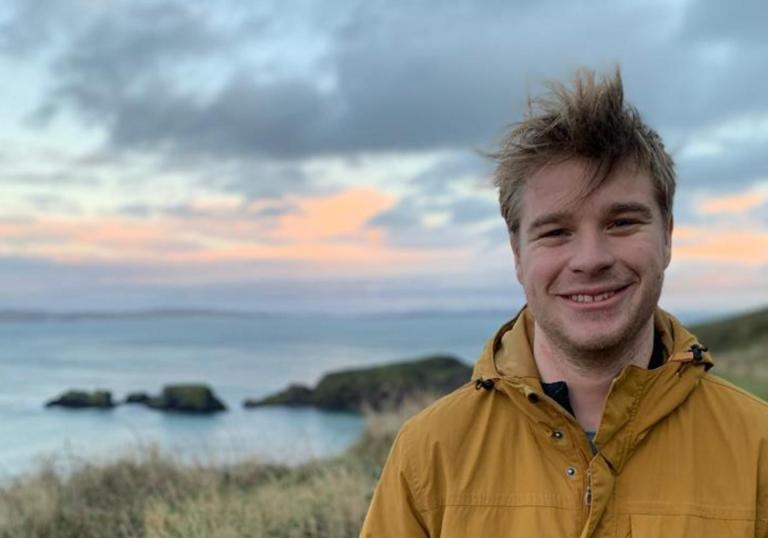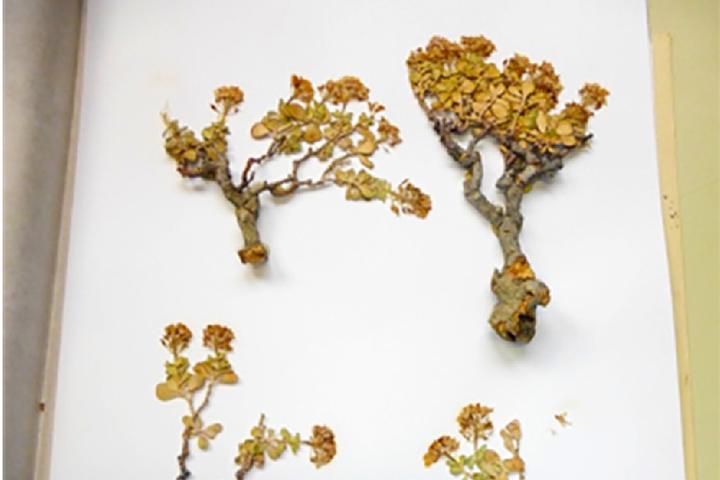
Met behulp van moderne DNA-opvolging en fylogenetische reconstructiemethoden, probeer ik de evolutie van de belangrijkste eigenschappen die de huidige biodiversiteit hebben gevormd, beter te begrijpen. Mijn werk bij Naturalis Biodiversity Center richt zich op het begrijpen van de milieu-drijfveren van herhaalde, onafhankelijke overgangen van kruidachtigheid naar afgeleide houtigheid op continenten en eilanden.
Sleutelwoorden
Evolutie van houtigheid, biogeografie, afgeleide houtigheid, Brassicaceae, Canarische Eilanden, generatie opvolging, fylogenetica
Actueleonderwerpen
Een greep uit het lopende onderzoek bij Naturalis waar ik aan verbonden ben.

Het verkennen van massale parallelle evolutie en diversificatie van houtigheid in de Brassicaceae
We bestuderen de evolutionaire aspecten van afgeleide houtigheid in de mosterdfamilie Brassicaceae. Het bekendste lid van de mosterdfamilie is Arabidopsis thaliana, een kleine niet-verhoute soort die wordt gebruikt als modelorganisme in veel moleculaire…